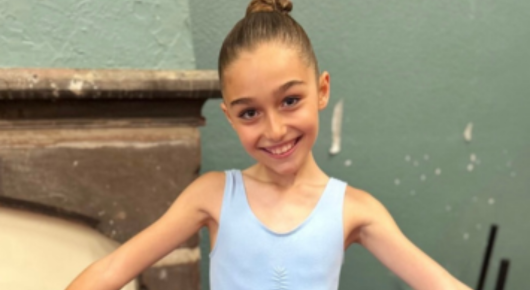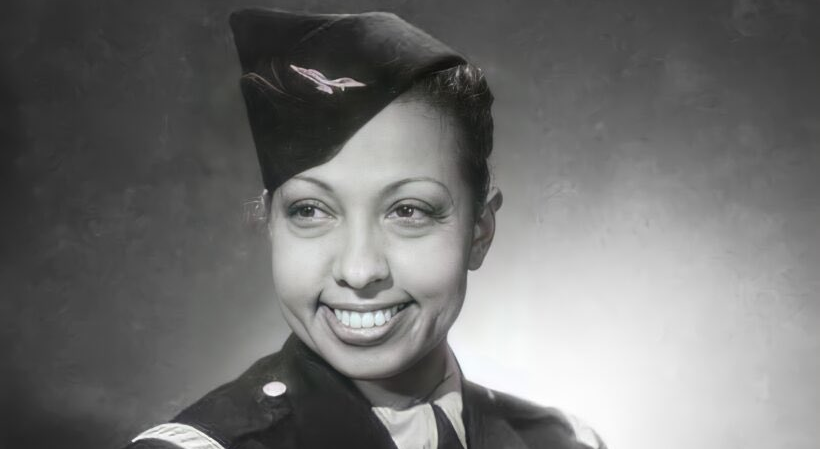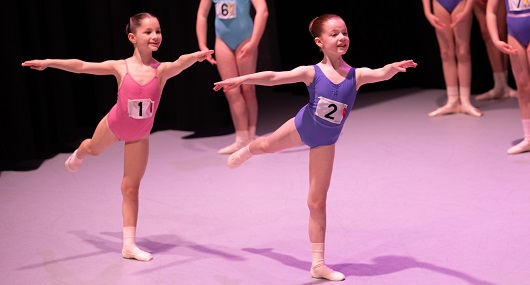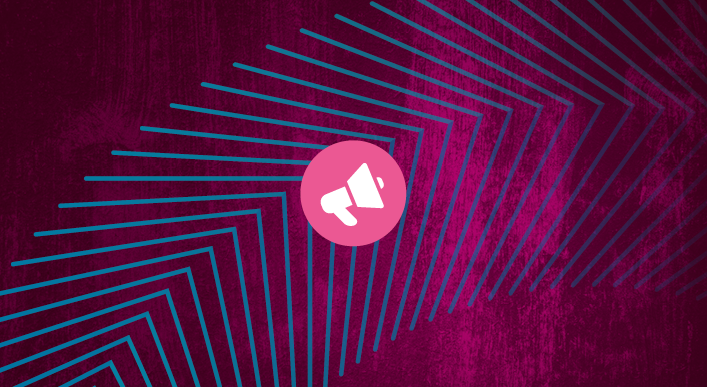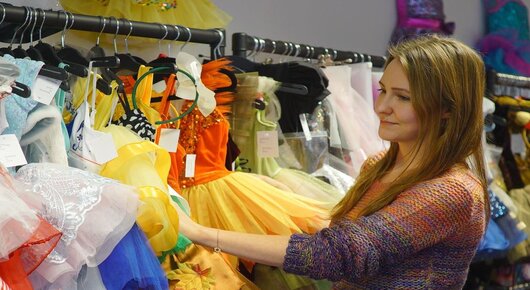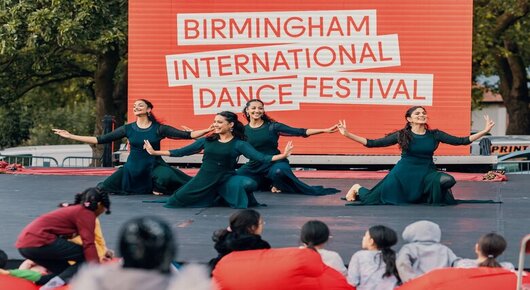24 October 2022
One of the most popular festivals of Hinduism, Diwali symbolises the spiritual "victory of light over darkness, good over evil, and knowledge over ignorance".
What is Diwali?
Diwali is made up of five days of festivities: Laxmi Pujan, also called the main Diwali, Dhanteras, Narak Chaturdashi, Govardhan Puja, and Bhai Dooj. A holiday of religious significance, Diwali is attributed to several events in Hinduism, perhaps most notably marking the day of the return of Rama, one of the avatars of Vishnu, after his defeat of the nefarious Ravana.
During Diwali, people wear their finest clothes, and illuminate the interior and exterior of their homes with diyas (a small type of lamp for worship and decorative purposes) and rangoli (an art of decoration drawn on the floor or the entrances of homes), perform worship ceremonies of Lakshmi, the goddess of prosperity and wealth, light fireworks, and partake in family feasts, where mithai (sweets) and gifts are shared.
Though primarily a Hindu festival, variations of Diwali are celebrated in multiple faiths, including Jainism, Buddhism and Sikhism.
Dance and Diwali
The most spiritual dance from ancient India, Odissi, is one of the eight Indian Classical Dance forms (Bharatanatyam, Kathak, Kuchipudi, Odissi, Kathakali, Sattriya, Manipuri and Mohiniyattam). Odissi dates back to 2nd century BCE, detailed in the 'Natya Shastra', a treatise on performance arts.
Thought to be one of the oldest surviving ritual dance forms in existence, Odissi evolved as a spiritual expression of devotion to a higher being. Odissi can be broadly split into two disciplines: Maharis, a more serious expression of dance originating from the temples performed primarily by women, and Gotipuas, a celebration-focussed dance featuring active acrobatic techniques.
Costume and performance
Odissi dance is unique among other classical traditions of India in its use of silver ornaments. The artists wear intricate filigree (‘thin wire’ in French) silver or white jewellery pieces. Jewellery and ghunghru (bells) are used, adorning the head, ear, neck, hands, fingers, ankles, and waist of the dancer. Red-coloured dyes, called alta, are used on feet and palms, as well as silk saris and pith flowers.
